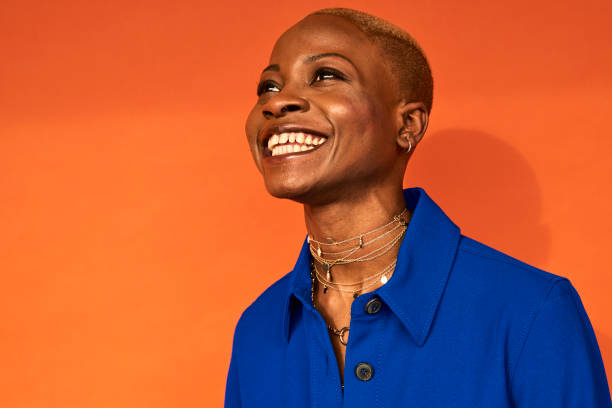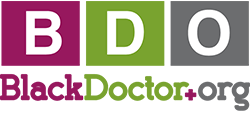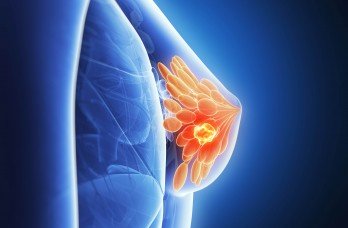
All breast cancers aren’t created equal and the triple-negative kind is one you need to know everything about. According to recent studies, even though only about 20 percent of breast cancer diagnoses fall into this category, African American women are disproportionately affected. Additionally, the data shows that Black women have higher mortality rates because their treatment options aren’t always explored quickly enough.
If you’re dealing with triple-negative breast cancer, you need to know what discussions to have with your doctor.
What Exactly Is Triple-Negative Breast Cancer?
The typical forms of breast cancer are affected by one of three hormones – estrogen, progesterone, and human epidermal growth factor (HER2).
Triple-negative breast cancer, however, is not caused by any hormonal changes.
That means the disease will not respond to the hormone-based medications that doctors usually use as a first option for treating breast cancer.
It’s essential to get this type of cancer under control quickly because it progresses quickly and is most likely to spread from the breast tissue where it originated. Triple-negative breast cancer is also typically diagnosed at a higher stage than other types of cancers.
How Is It Diagnosed?
The only way to diagnose triple-negative cancer is to go through all the steps to rule out the other cancer types. Those steps include identifying the location of the tumor or tumors and taking samples.
These samples will then be tested to confirm the presence of cancer, the type, and the stage.
It would be at the typing stage of the process that your doctor realizes








